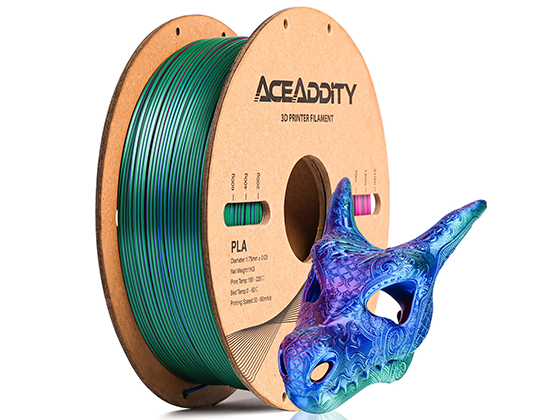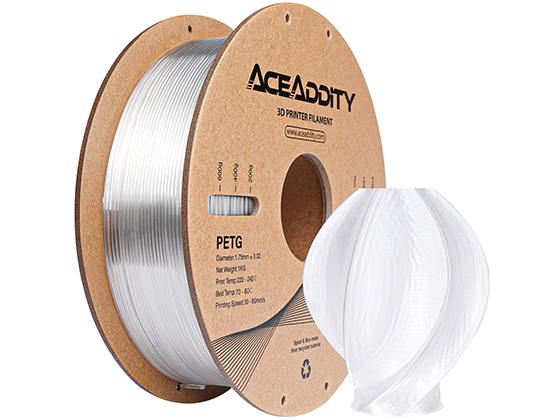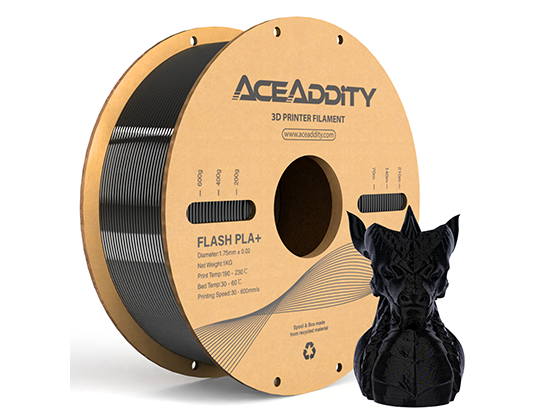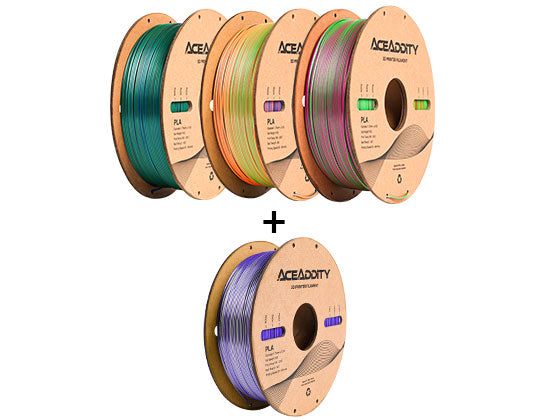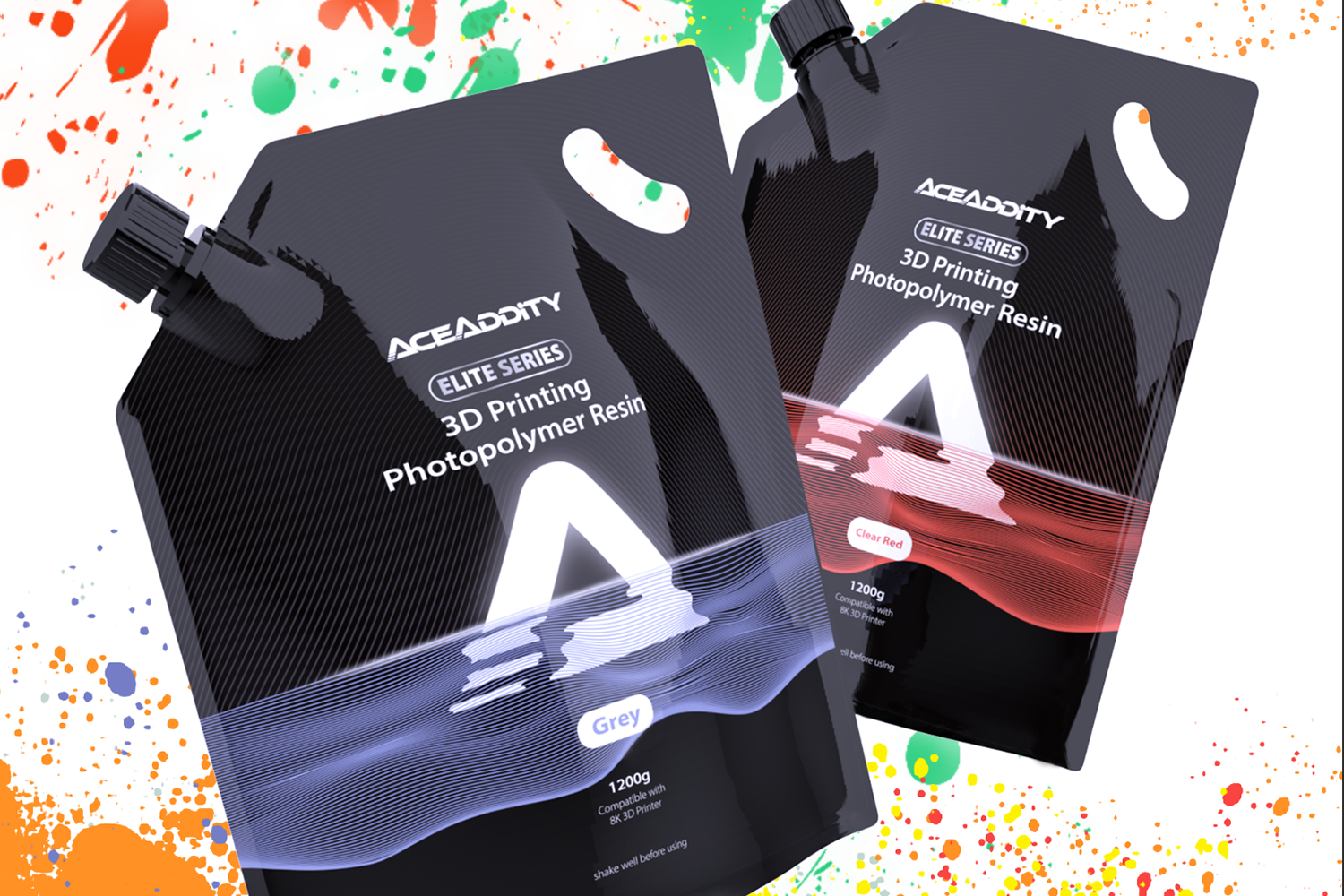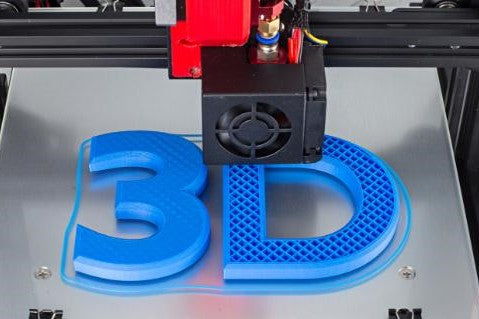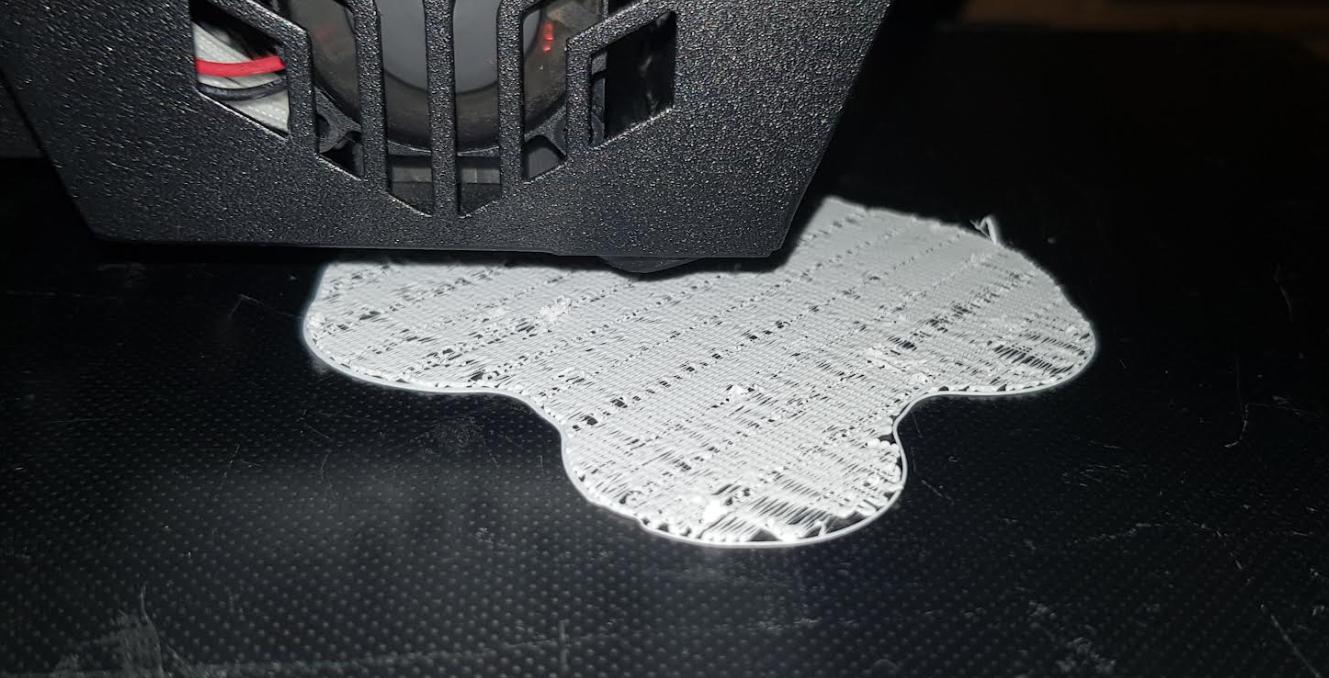In recent years, 3D printing has gained immense popularity as an innovative manufacturing technique.
Among the various types of 3D printing technologies available, resin and filament-based printing have emerged as two prominent methods.
In this beginner's guide, we will delve into the world of resin and filament printing, exploring the basics, benefits, and step-by-step instructions to help you embark on your own 3D printing journey.
Understanding Resin Printing
Resin printing, also known as stereolithography (SLA) or digital light processing (DLP), involves using liquid resin materials that cure or harden when exposed to specific wavelengths of light.
Here's what you need to know:
- Equipment and Materials:
a. 3D Printer: Look for a resin printer compatible with your needs and budget.
b. Resin: Choose a suitable resin for your intended application, considering factors like color, hardness, and flexibility.
c. Build Platform: This is where your prints will be created.
d. UV Light Source: Most resin printers come with built-in UV light sources, but you can also use external UV curing stations.

- Workflow:
a. Prepare Your Design: Use 3D modeling software to create or download a 3D model.
b. Slice the Model: Convert your 3D model into printable layers using slicing software.
c. Transfer the File: Save the sliced file in the required format onto a USB drive or transfer it wirelessly to your printer.
d. Print Setup: Calibrate the printer, level the build platform, and fill the resin tank.
e. Initiate the Print: Follow the printer's instructions to start the print job.
f. Post-Processing: Once printing is complete, remove the print from the build platform and rinse it in a solvent (e.g., isopropyl alcohol) to remove excess resin. Cure the print under UV light to harden the resin completely.
Exploring Filament Printing
Filament printing, also known as fused deposition modeling (FDM), is the most common and accessible form of 3D printing. It involves extruding molten plastic filament to build layers. Let's dive into the basics:
- Equipment and Materials:
a. 3D Printer: Look for a filament printer that suits your budget and requirements.
b. Filament: Choose a filament material (e.g., PLA, ABS, PETG) based on the desired print properties.
c. Build Surface: It provides adhesion and stability for your prints. Options include heated beds, painter's tape, or specialized surfaces.
d. Slicer Software: Use a slicer program to convert your 3D model into printable layers.

- Workflow:
a. Prepare Your Design: Create or download a 3D model using 3D modeling software.
b. Slice the Model: Use slicing software to convert your 3D model into printable layers, adjusting settings such as layer height and infill density.
c. Transfer the File: Save the sliced file onto an SD card or transfer it to your printer via USB.
d. Print Setup: Load the filament, level the print bed, and adjust printer settings like temperature and print speed.
e. Initiate the Print: Start the print job through the printer's interface.
f. Post-Processing: Once the print is finished, carefully remove it from the print bed. Remove any support structures if necessary. Clean up any rough edges or imperfections as desired.
Whether you choose resin or filament printing, 3D printing opens up a world of possibilities for creating unique and customized objects. Resin printing offers high precision and intricate details, making it ideal for creating jewelry, dental models, or miniatures.
On the other hand, filament printing provides versatility and is well-suited for functional prototypes, architectural models, or household items.
As a beginner, it's important to familiarize yourself with the equipment, materials, and workflow specific to each printing method. Resin printing requires handling liquid resin and post-processing steps like rinsing and curing.
Filament printing involves working with solid plastic filaments and ensuring proper bed adhesion and support removal.
Both resin and filament printing offer their own advantages and challenges, and your choice depends on your specific needs and preferences.
As you gain experience, you can experiment with different materials, settings, and designs to enhance your 3D printing skills.
Remember, patience and practice are key when starting out with 3D printing. Don't be discouraged by initial failures; they are part of the learning process. Seek out online communities, forums, or tutorials to connect with fellow enthusiasts and gain valuable insights.
In conclusion, resin and filament printing open up a world of creativity and innovation. By following the basic instructions outlined in this beginner's guide, you'll be well on your way to creating your own three-dimensional wonders. So, dive into the exciting world of 3D printing and unleash your imagination!


